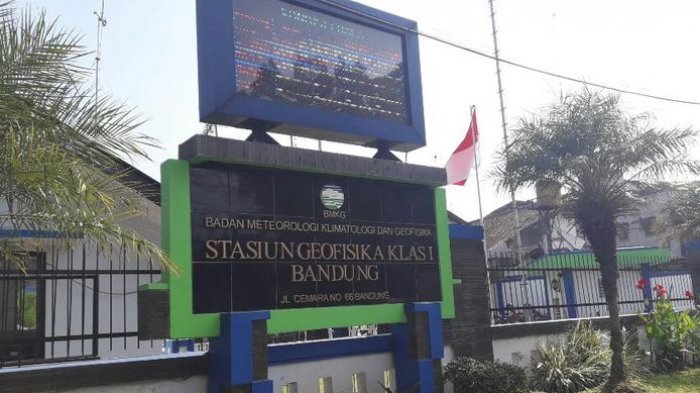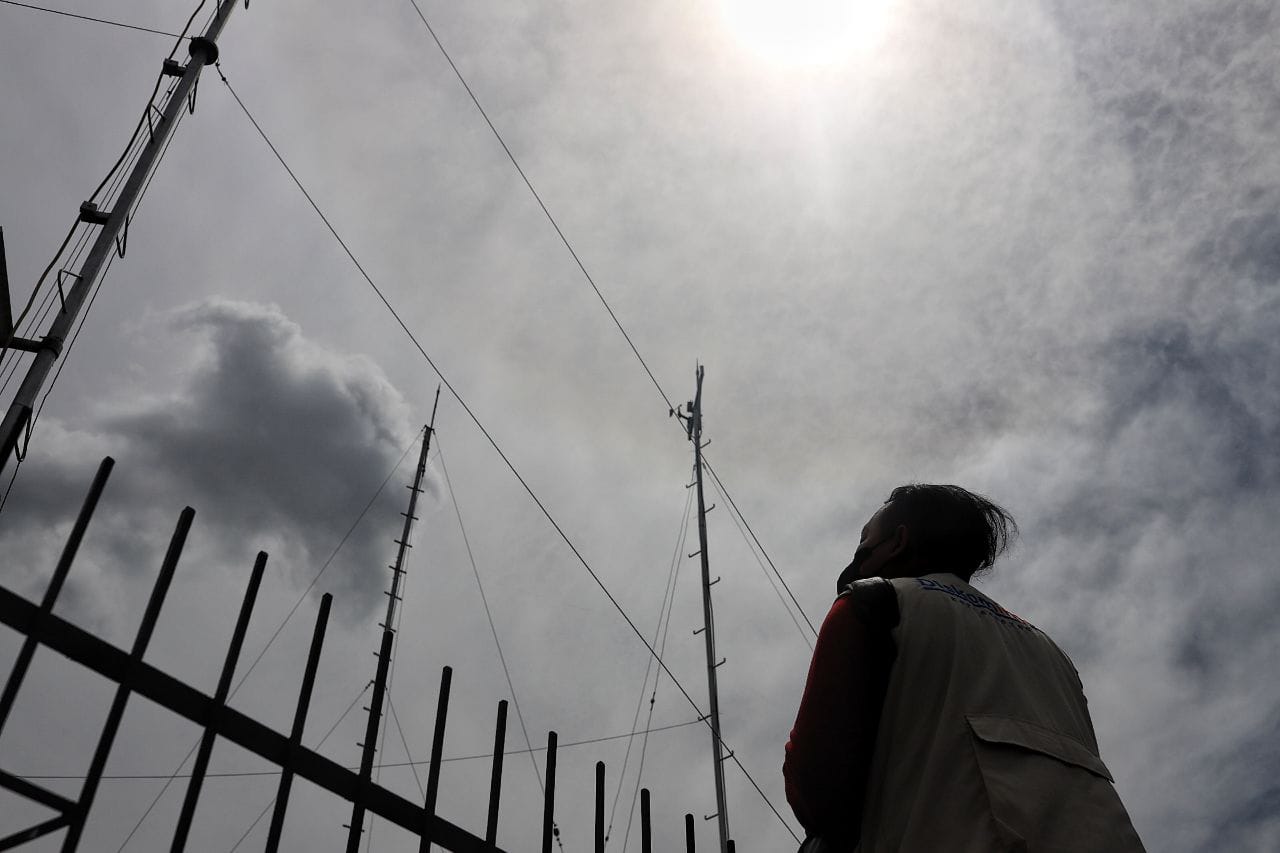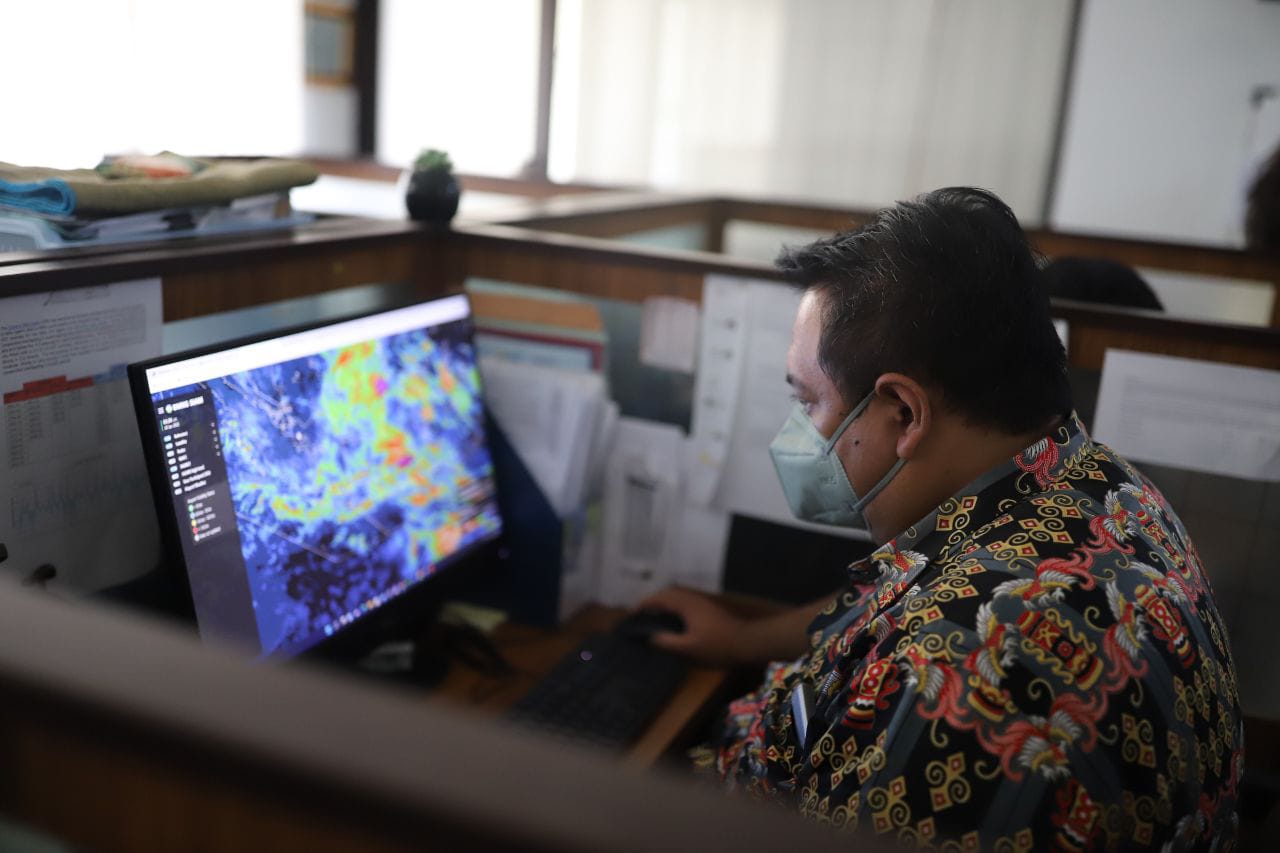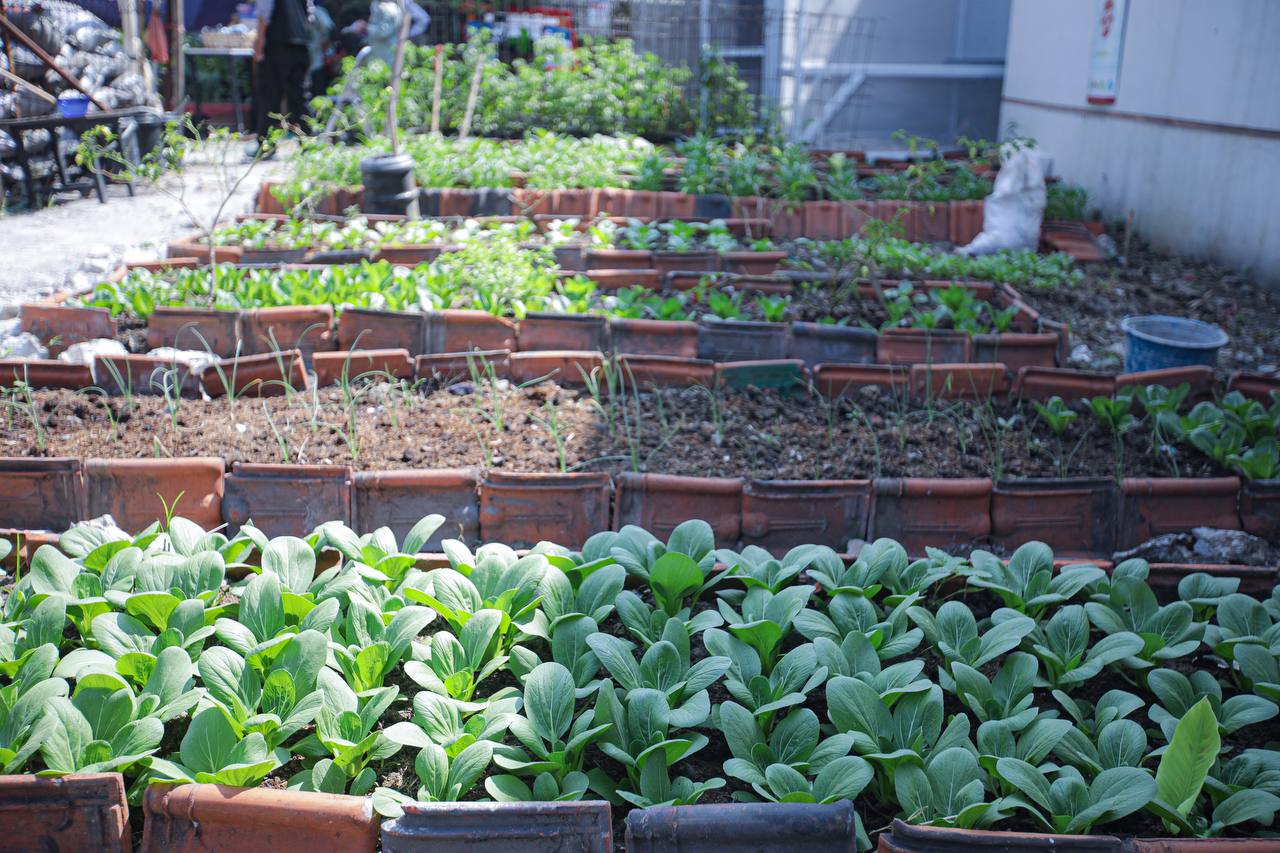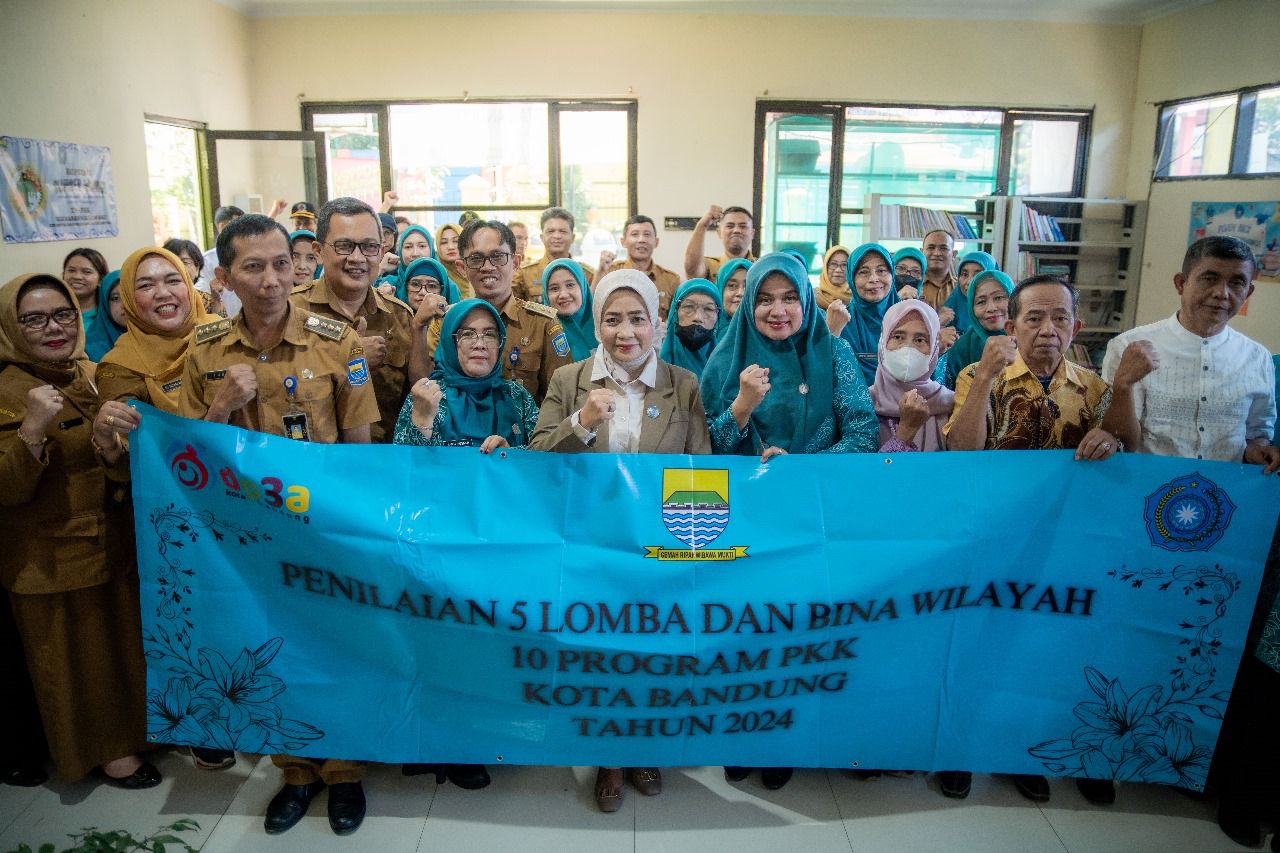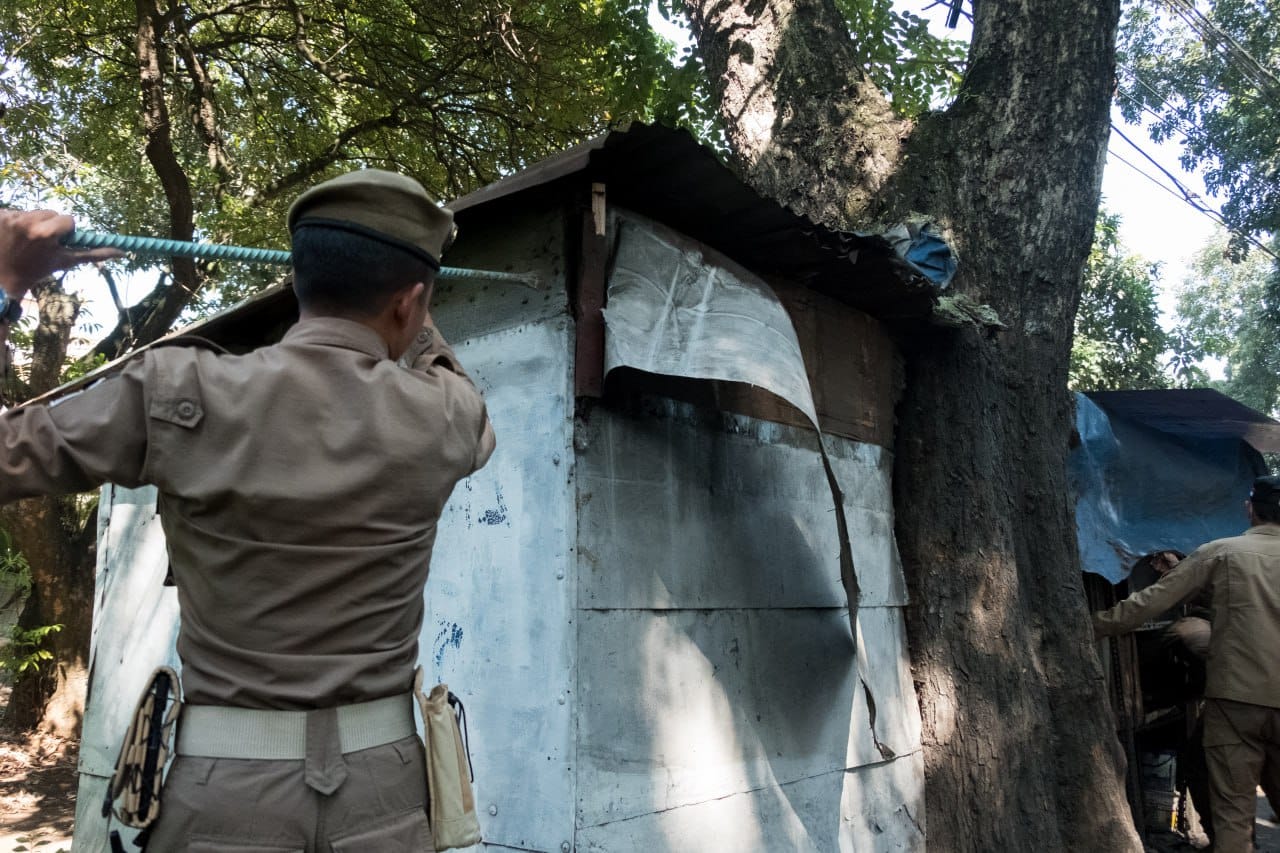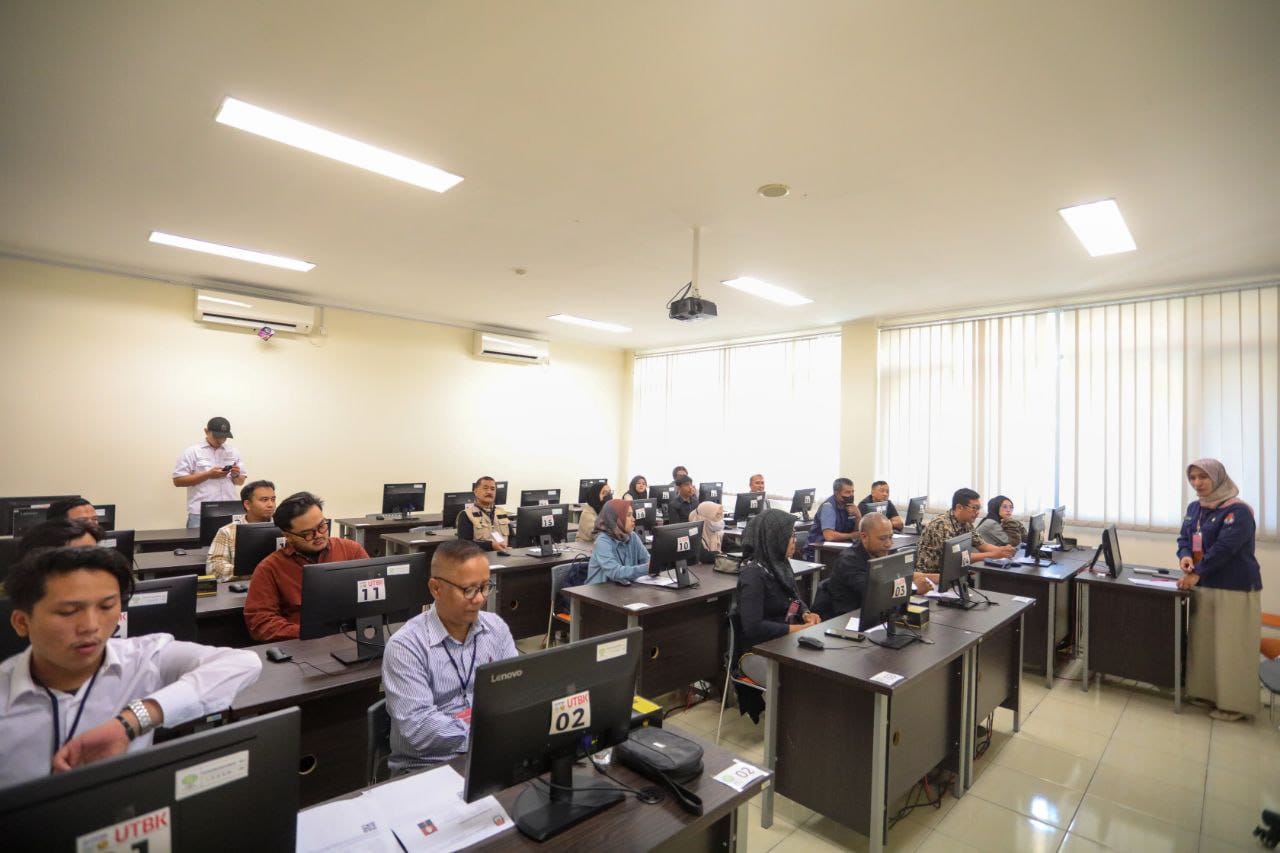Entering the Wet Dry Season, Rainfall in Bandung City is Still Significant
The transition to drought has begun to be felt entering the beginning of July. Even though this year's dry season, the rainfall in the city of Bandung is still significant. This phenomenon is known as wet drought.
The transition to drought has begun to be felt entering the beginning of July. Even though this year's dry season, the rainfall in the city of Bandung is still significant. This phenomenon is known as wet drought.
Data and Information Staff of the Meteorology, Climatology, Geophysics (BMKG) Bandung City, Yuni Yulianti explained, the wet dry season is marked by the dominant Australian monsoon or east monsoon. Then, the position of the sun has begun to move towards the north.
"The temperature in the morning has started to get cold between 17.4-19 degrees Celsius due to the wind which brings a period of dry and cold air. However, in the afternoon it is quite hot between 29-30 degrees Celsius," Yuni explained to the Public Relations of Bandung City, Monday, July 4, 2022.
In addition, he also explained, cloud cover has begun to decrease, so the sun's heat will be released more quickly. However, the dynamic conditions of the ocean atmosphere are still warm.
"The sea surface temperature is still quite warm, so it still supplies water vapor which is quite significant for the growth of rain clouds. So in the late afternoon in some areas of West Java, including in Bandung City, it often rains even though it is already dry," he said.
Even though it is still significant, Yuni said, based on BMKG calculations, during the last 10 consecutive days, the rainfall has started to be less than 50 mm. So it has been categorized as entering the beginning of the dry season.
He added, there was seasonal variability or a shift in the seasons which resulted in the time and duration of the weather starting to change. In the past, April-September was usually included in the dry season category. Then, October-March entered the rainy season.
"However, in the future this has begun to experience a season shift. Of course it is related to many factors, such as the formation of many low pressure centers, the formation of cyclonic circulation," he explained.
"Then there is also more or less global warming which affects the weather or the climate as a whole," said Yuni.
In this transition season, there are several things to watch out for. In addition to the potential for rain that still exists, the potential for hydrometeorological disasters can also occur related to significant changes in temperature.
"The wind is also quite strong, between 7-20 km per hour. The impact on health also needs to be watched out for in this transitional period," he said. (din)**
Head of the Communication and Information Office of Bandung City
Yayan A. Brilyana




